
LOADING ...
In response to evolving domestic opinion, eMedals Inc has made the conscious decision to remove the presentation of German Third Reich historical artifacts from our online catalogue. For three decades, eMedals Inc has made an effort to preserve history in all its forms. As historians and researchers, we have managed sensitive articles and materials with the greatest of care and respect for their past and present social context. We acknowledge the growing sentiments put forth by the Canadian public and have taken proactive actions to address this opinion.
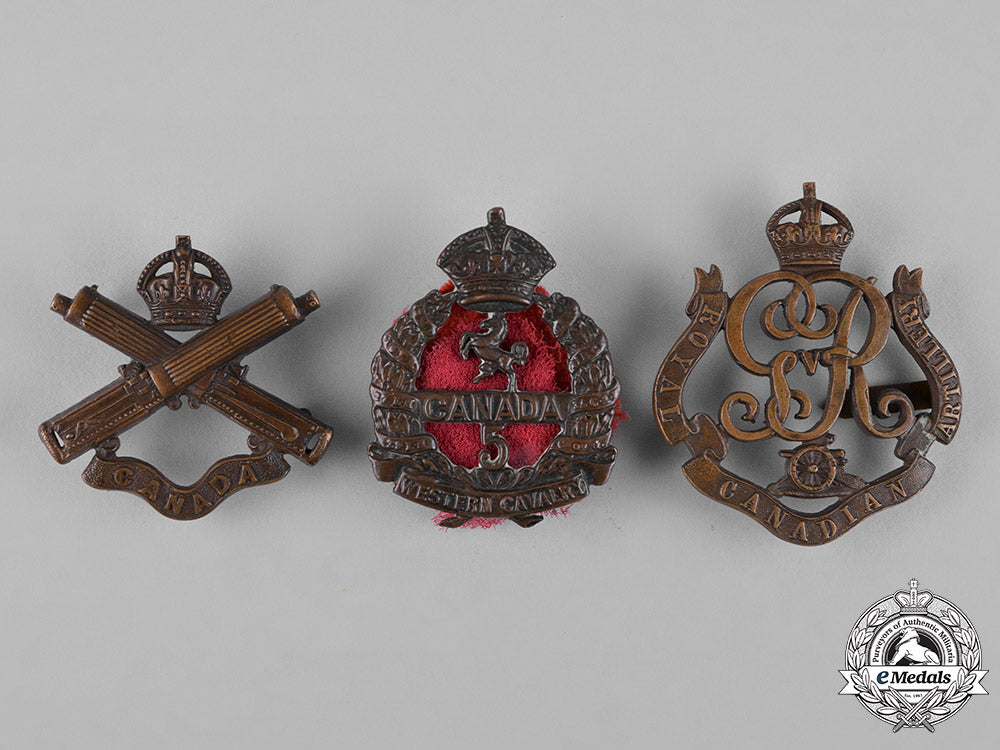
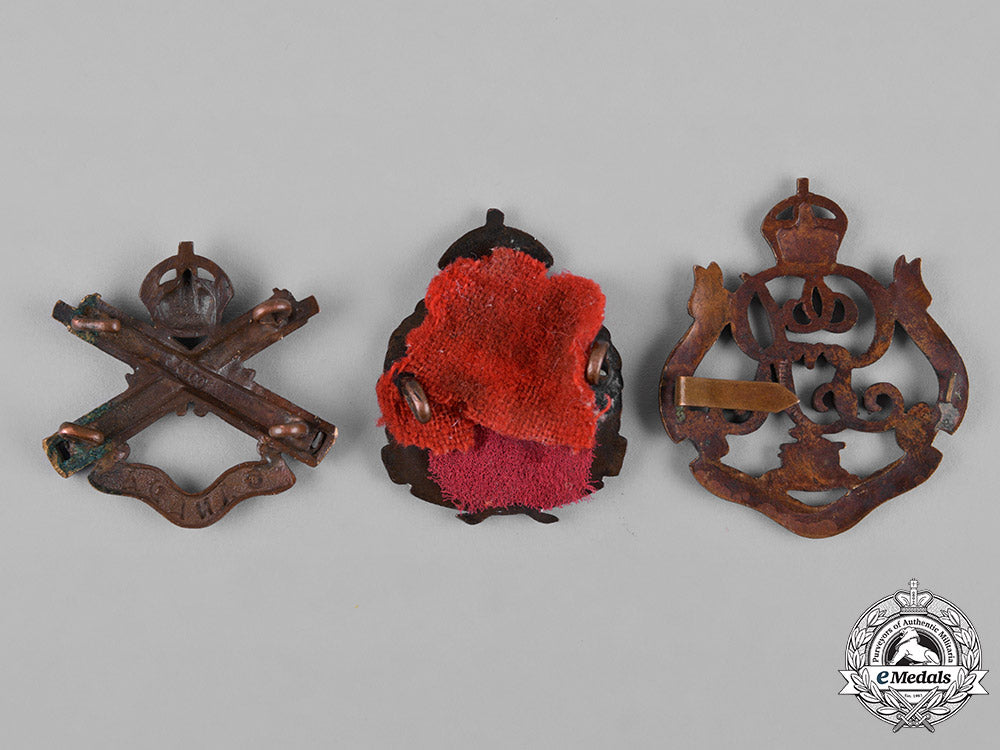
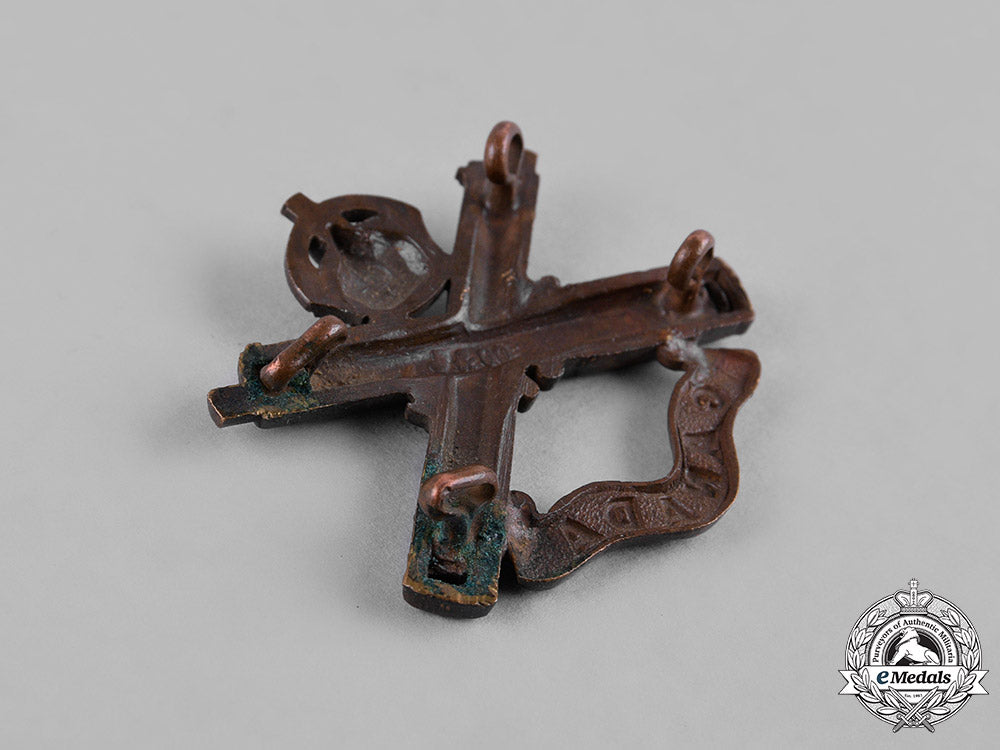
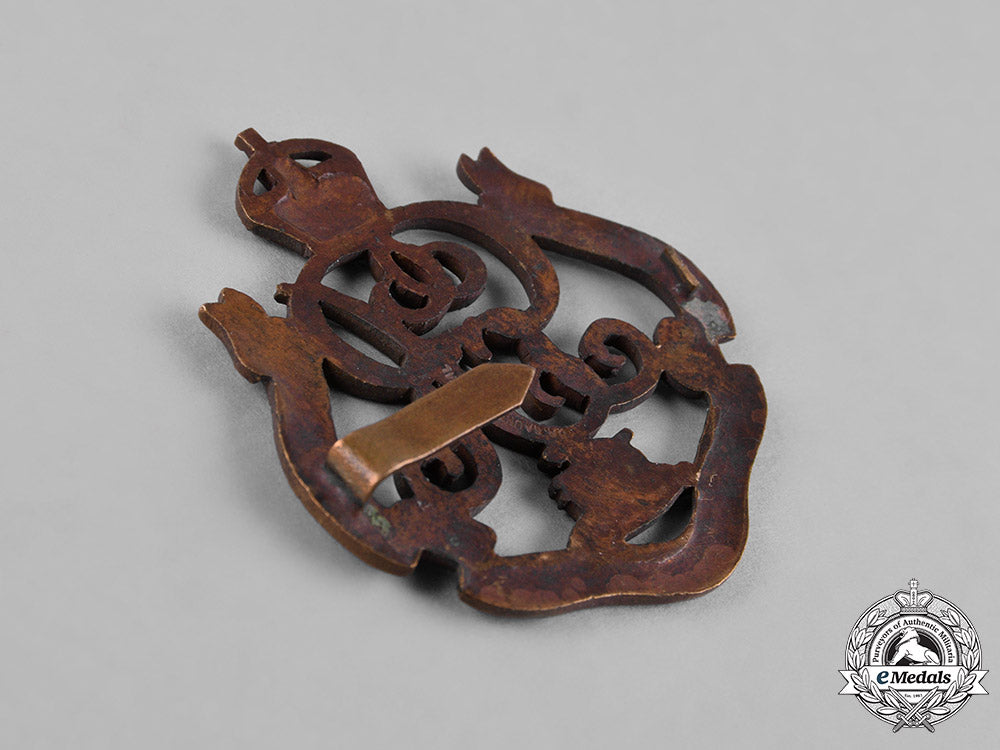
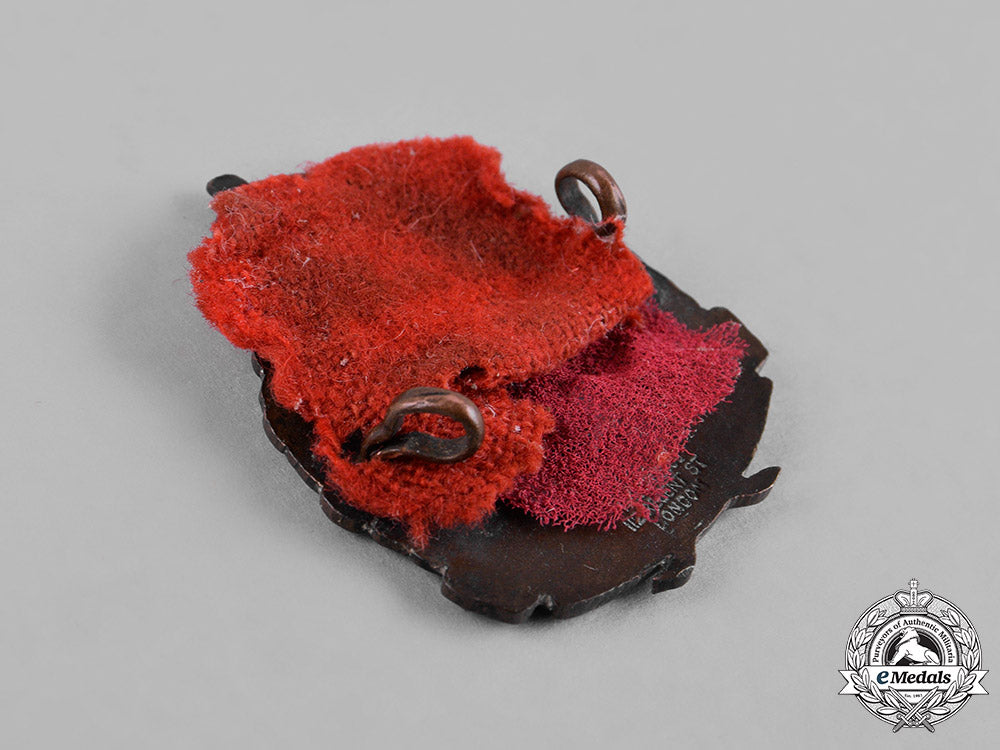
Canada. A Lot Of Three First War Battalion Cap Badges
Canada. A Lot Of Three First War Battalion Cap Badges
SKU: ITEM: M0306-27
Current Bid:
Your Max Bid:
Bid History:
Time Remaining:
Couldn't load pickup availability
Shipping Details
Shipping Details
eMedals offers rapid domestic and international shipping. Orders received prior to 12:00pm (EST) will be shipped on the same business day.* Orders placed on Canadian Federal holidays will be dispatched the subsequent business day. Courier tracking numbers are provided for all shipments. All items purchased from eMedals can be returned for a full monetary refund or merchandise credit, providing the criteria presented in our Terms & Conditions are met. *Please note that the addition of a COA may impact dispatch time.
Shipping Details
eMedals offers rapid domestic and international shipping. Orders received prior to 12:00pm (EST) will be shipped on the same business day.* Orders placed on Canadian Federal holidays will be dispatched the subsequent business day. Courier tracking numbers are provided for all shipments. All items purchased from eMedals can be returned for a full monetary refund or merchandise credit, providing the criteria presented in our Terms & Conditions are met. *Please note that the addition of a COA may impact dispatch time.
Description
Description
5th Infantry Battalion "Western Canadian Cavalry" Cap Badge (in browning copper, red felt insert highlighting the voided area, maker marked "THE G&S Co 112 REGENT St LONDON" on the reverse, measuring 34.2 mm (w) x 43.5 mm, both lugs bent back but intact); Canadian Machine Gun Corps General Service Cap Badge, Canadian Issue, Style B (in browning copper, maker marked "J & CO" on the reverse, measuring 40.3 mm (w) x 39 mm (h), all four lugs intact, two of which are pinched); and George V Royal Canadian Horse Artillery General Service Cap Badge (in browning copper, maker marked "J.R. GAUNT MONTREAL" on the reverse, measuring 43 mm (w) x 50 mm (h), one of two prongs intact). Ranging from very fine to near extremely fine.
Footnote: The 5th Infantry Battalion "Western Canadian Cavalry" was raised in Western Canada with mobilization headquarters at Camp Valcartier, Quebec under the authority of P.C.O. 2067, August 6, 1914. The Battalion sailed October 3, 1914, with a strength of 45 officers and 1,095 other ranks under the command of Lieutenant-Colonel G.S. Tuxford. The Battalion served in France and Belgium with the 2nd Infantry Brigade, 1st Canadian Division. It was disbanded on September 15, 1920. In regards to the Canadian Machine Gun Corps, when war came in 1914, millionaire Raymond Brutinel, a French army reserve officer who was living in Montreal, in collaboration with a prominent lawyer, Clifford Sifton, hit upon the idea of mounting machine guns on armoured cars, thus providing the double threat of firepower and mobility. Sifton took the idea to the Minister of Militia, Colonel (later Sir) Sam Hughes, who enthusiastically endorsed the plans and authorized the organization of the 1st Canadian Automobile Machine Gun Brigade. The Royal Canadian Horse Artillery was organized on August 6, 1914. Lieutenant-Colonel Andrew McNaughton, D.S.O., advanced the science of artillery through the development of the "rolling barrage", whereby advancing infantry would follow as close as thirty yards behind their own exploding shells, thus diminishing the ability of the enemy to identify non-protected areas of the assault. He also devised a system of "indirect fire" which allowed protection to the flanks of the advancing infantry by means of a protective web of bursting shells. The total strength of the RCHA was 37,714 all ranks, with casualties numbering 9,984 by the end of the conflict. It was disbanded on November 1, 1920.
Description
5th Infantry Battalion "Western Canadian Cavalry" Cap Badge (in browning copper, red felt insert highlighting the voided area, maker marked "THE G&S Co 112 REGENT St LONDON" on the reverse, measuring 34.2 mm (w) x 43.5 mm, both lugs bent back but intact); Canadian Machine Gun Corps General Service Cap Badge, Canadian Issue, Style B (in browning copper, maker marked "J & CO" on the reverse, measuring 40.3 mm (w) x 39 mm (h), all four lugs intact, two of which are pinched); and George V Royal Canadian Horse Artillery General Service Cap Badge (in browning copper, maker marked "J.R. GAUNT MONTREAL" on the reverse, measuring 43 mm (w) x 50 mm (h), one of two prongs intact). Ranging from very fine to near extremely fine.
Footnote: The 5th Infantry Battalion "Western Canadian Cavalry" was raised in Western Canada with mobilization headquarters at Camp Valcartier, Quebec under the authority of P.C.O. 2067, August 6, 1914. The Battalion sailed October 3, 1914, with a strength of 45 officers and 1,095 other ranks under the command of Lieutenant-Colonel G.S. Tuxford. The Battalion served in France and Belgium with the 2nd Infantry Brigade, 1st Canadian Division. It was disbanded on September 15, 1920. In regards to the Canadian Machine Gun Corps, when war came in 1914, millionaire Raymond Brutinel, a French army reserve officer who was living in Montreal, in collaboration with a prominent lawyer, Clifford Sifton, hit upon the idea of mounting machine guns on armoured cars, thus providing the double threat of firepower and mobility. Sifton took the idea to the Minister of Militia, Colonel (later Sir) Sam Hughes, who enthusiastically endorsed the plans and authorized the organization of the 1st Canadian Automobile Machine Gun Brigade. The Royal Canadian Horse Artillery was organized on August 6, 1914. Lieutenant-Colonel Andrew McNaughton, D.S.O., advanced the science of artillery through the development of the "rolling barrage", whereby advancing infantry would follow as close as thirty yards behind their own exploding shells, thus diminishing the ability of the enemy to identify non-protected areas of the assault. He also devised a system of "indirect fire" which allowed protection to the flanks of the advancing infantry by means of a protective web of bursting shells. The total strength of the RCHA was 37,714 all ranks, with casualties numbering 9,984 by the end of the conflict. It was disbanded on November 1, 1920.
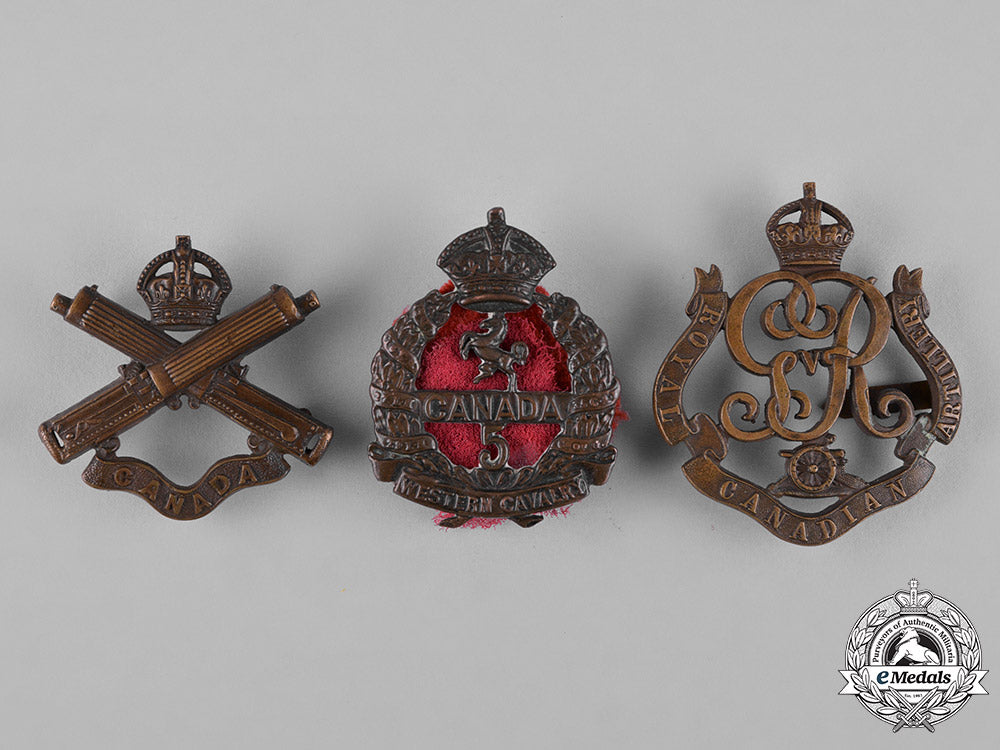
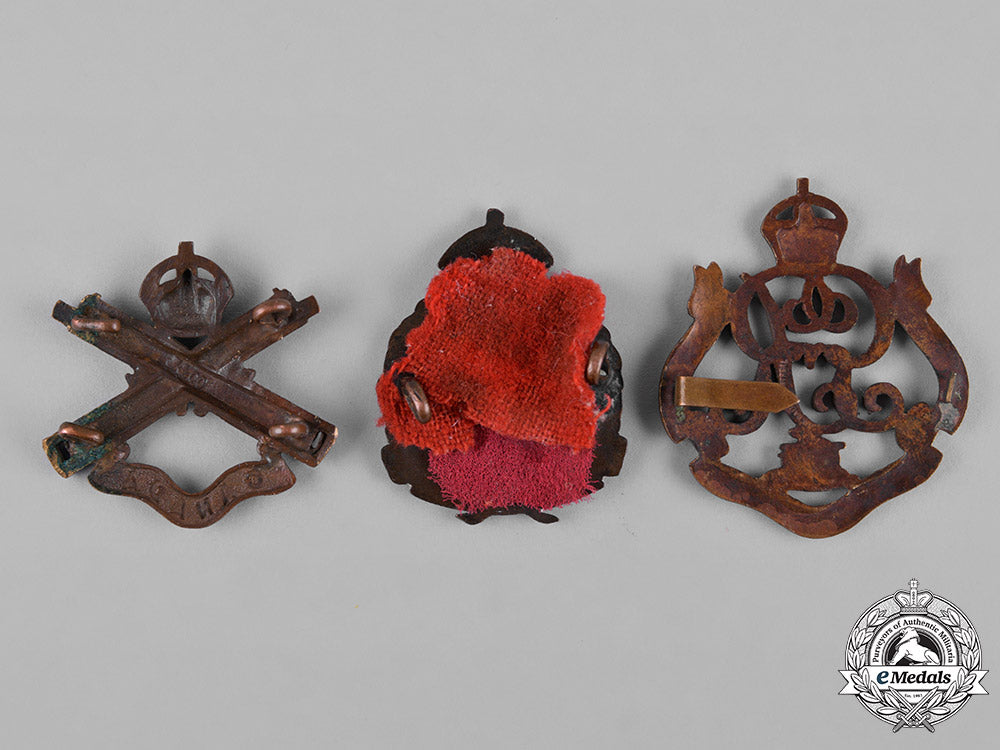
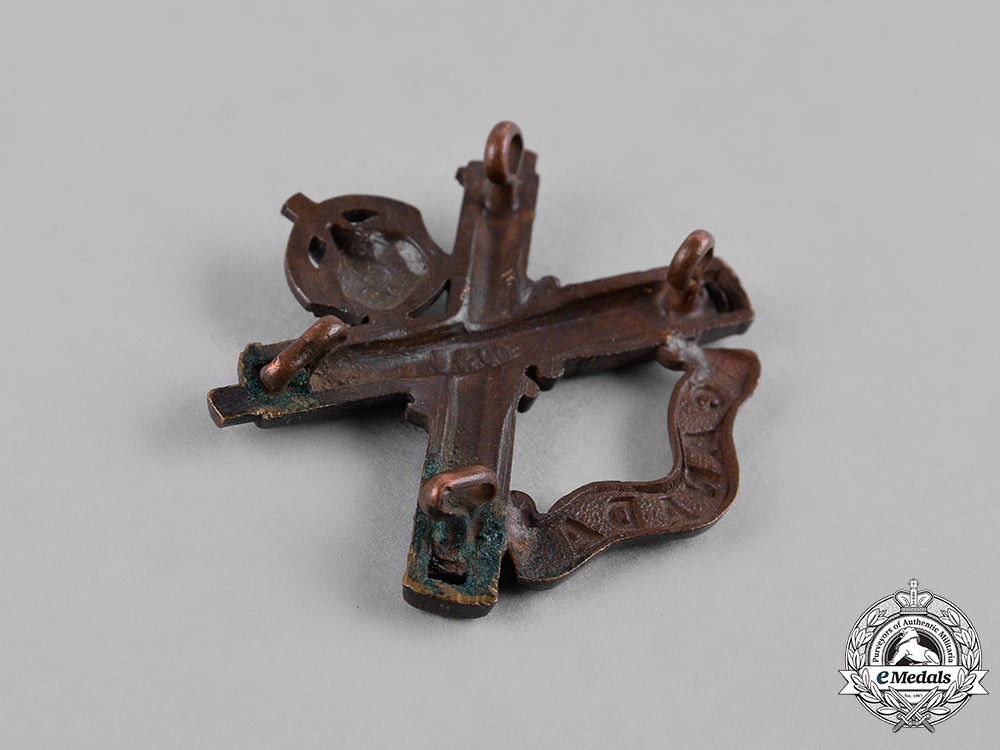
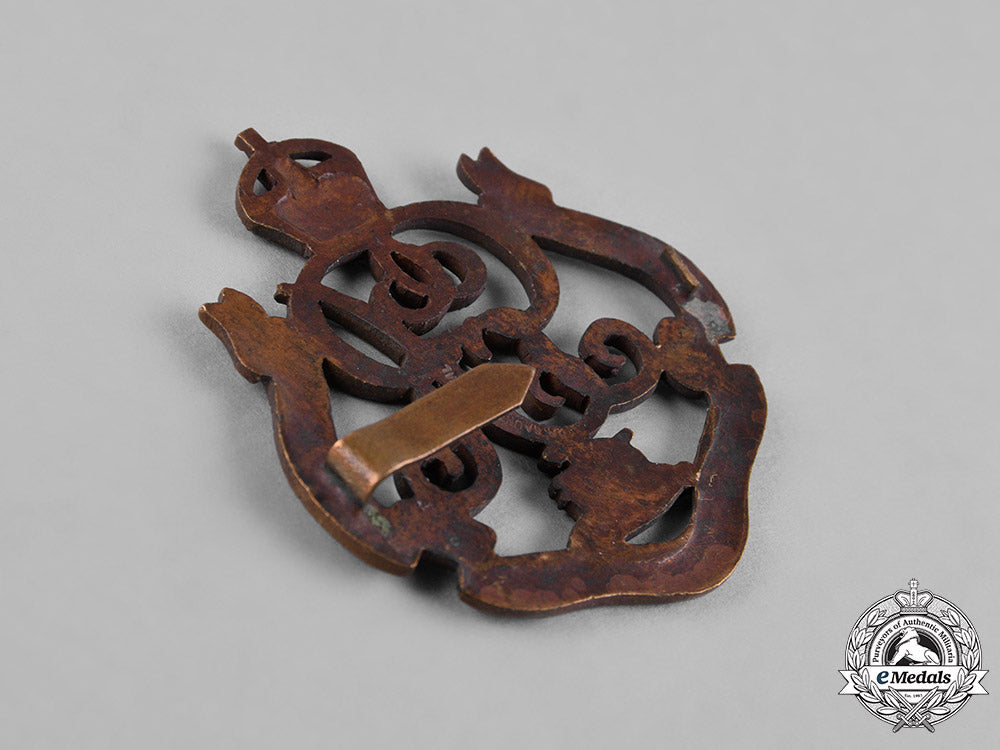
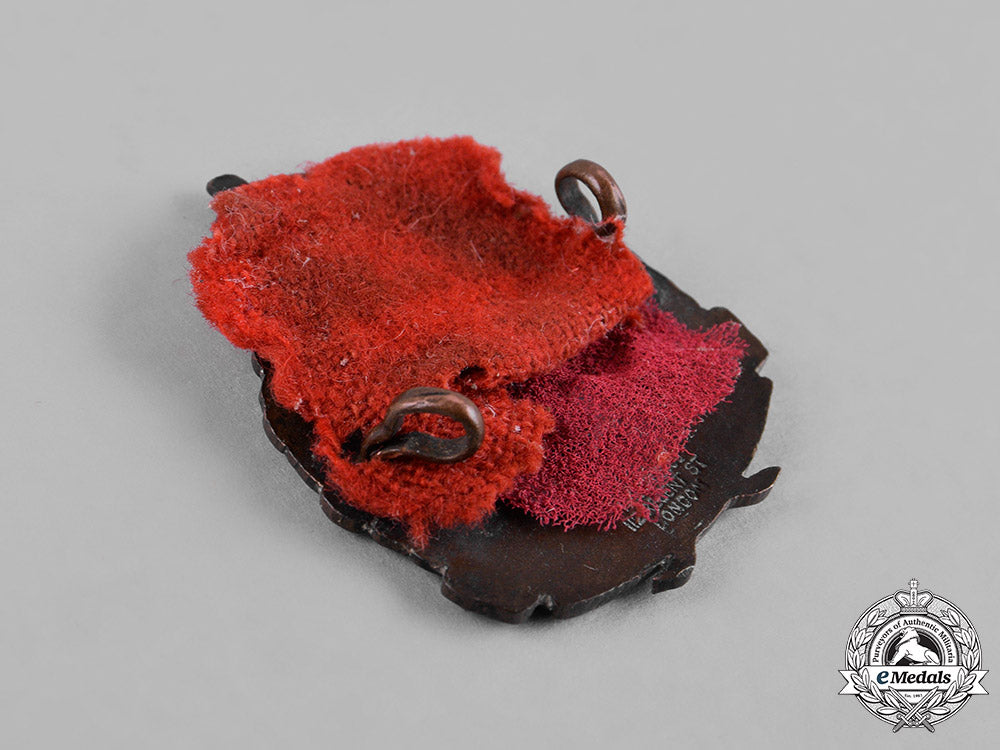
You May Also Like
United Kingdom. An Order of the British Empire, Commander
GB8222
Thailand, Kingdom. An Order of the Crown, Grand Cross, c.1945
W6710
Germany, Feueschutzpolizei. An Em/Nco’s Visor Cap
G48848
Brazil, Kingdom. An Order of Military Merit, Commander
W8368
United States. A Second War Airborne Army Ring
W8367
-
United Kingdom. An Order of the British Empire, Commander
GB8222
Add to CartRegular price $675 USDRegular price $0 USD Sale price $675 USDUnit price / per -
Thailand, Kingdom. An Order of the Crown, Grand Cross, c.1945
W6710
Add to CartRegular price $3,000 USDRegular price $0 USD Sale price $3,000 USDUnit price / per -
Germany, Feueschutzpolizei. An Em/Nco’s Visor Cap
G48848
Add to CartRegular price $340 USDRegular price $0 USD Sale price $340 USDUnit price / per -
Brazil, Kingdom. An Order of Military Merit, Commander
W8368
Add to CartRegular price $320 USDRegular price $0 USD Sale price $320 USDUnit price / per -
United States. A Second War Airborne Army Ring
W8367
Add to CartRegular price $200 USDRegular price $0 USD Sale price $200 USDUnit price / per
Do you have a similar item you are interested in selling?
Please complete the form and our client care representatives will contact you.
Sell Item














